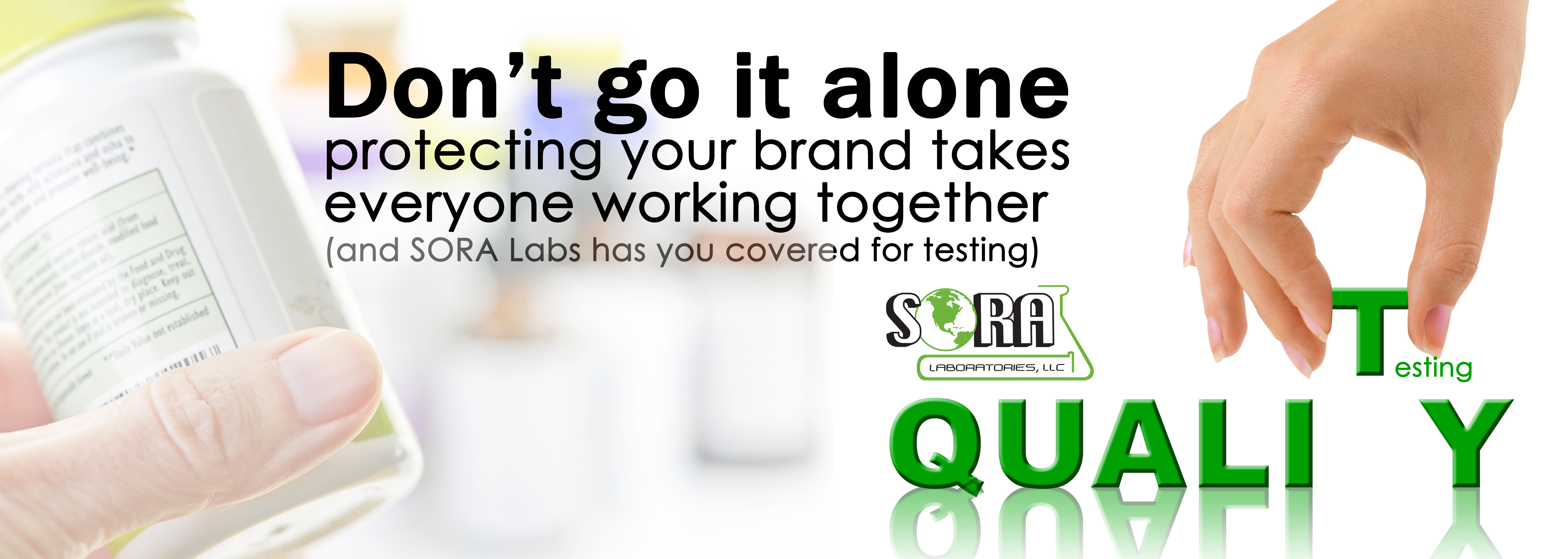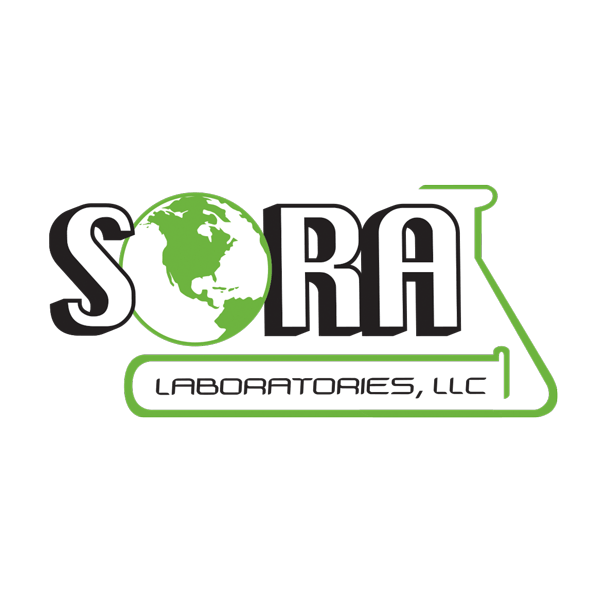The quality of the products under your brand is one of the most critical aspects of business success and vendor/supplier qualification is one of the most important steps in that process. In fact, this step is required in the Code of Federal Regulations (CFR) 111.75. Furthermore, to avoid warning letters, build confidence and maintain a positive reputation in the marketplace, safe and tested ingredients are a must.
CFR 111.75 outlines a very detailed process to follow. One of the first steps in establishing the reliability of the supplier’s certificate of analysis (CoA) is through confirmation of the supplier’s test results or examinations. This can be accomplished by setting the specifications and then testing using one or more methods for identity, purity, strength and composition of the component or ingredient. Also required by CFR 111.75 (c)(1), is testing for limits of contamination that would lead to adulteration of the finished product. This testing verifies that the vendor shows identity and acceptable levels of active ingredient markers. It also ensures that there is no microbial contamination, heavy metals, pesticide residue or other harmful contaminates.
Another key to supplier qualification is the supplier audit, which provides valuable information about the quality management system of the supplier. It also shows how the material is tested and how the vendor will ensure specification compliance from batch to batch, along with many other aspects of the company’s processes. By combining testing with supplier audits, a brand can consistently monitor the supplier and build confidence in its ability to produce high-quality ingredients. Once the supplier has been qualified, then reduced testing might be an option.
One FDA response letter (Addressed to Heron Botanicals Inc. on May 25, 2015) prompted the company to defend its position that it makes no claims to the amount of “active ingredients” in its finished product. As such, the company argued that testing was not needed for the “active ingredients” in the raw material. The FDA disagreed with this response because the company lists a 70 percent extract material on its label. Without testing the raw material, the company was unable to prove it started out with a 70 percent extract.
If this company had established a supplier qualification and showed testing results for the raw material over several lots to prove it met label claims repeatedly, then it may have been able to justify not testing the raw material “active ingredient” for this product. In this instance, the documented supplier qualification may have been all that was needed to avoid a warning letter.
Vendor qualification, although an often under-utilized process, is really the key to safe and high-quality ingredients. By testing raw materials and qualifying suppliers, this will strengthen the quality of your products and help protect your brand. Ultimately, It takes everyone working together to ensure the quality of the supply chain—and that definitely should be the main goal of any manufacturer. Are you doing your part to avoid FDA warning letters and produce quality products by working with a quality, certified and accredited testing lab? If not, SORA Labs can be your partner in quality!
Probiotic testing challenges—the right lab makes all the difference!
Probiotic testing can be complicated. Here’s why—most of the testing methods available are for single strain raw materials. Additionally, many methods come from the manufacturer and are specific to their material. And if that didn’t create enough confusion about what testing was appropriate, the Food Chemical Codex (FCC) has also added several probiotic monographs. These monographs have procedures for identification, enumeration assays and specific Whew! So how can you decide which testing method to use—the answer lies within using a lab that is experienced in probiotics.
An experienced lab like SORA, will know that the identification portion of the FCC monograph is for nucleic acid-based identification using PCR or other genetic identification methods. The assay portion of the monograph uses various growth media and specific aerobic or anaerobic conditions for optimal growth of the probiotic strain. The specific test section will have testing recommendations for that particular strain of probiotic.
Since these procedures require specialized equipment, and specific agars and broths to perform the testing, this can be challenging due to the high growth counts of this material. Typically in a microbiology lab, the samples being tested have very low plate counts, but with probiotic material, high counts in the millions or even billions of cfu/g are expected. Lab contamination is also a concern when working with probiotics, so proper sample handling is very important to ensure that the testing environment and air quality stays clean. Because of these challenges, working with probiotics in a separate section of the lab and at separate plating times is often required to avoid microbiology contamination of other samples in the testing lab.
While finding the best assay method may be difficult when working with blended probiotic strain products, reviewing the individual strain methods and looking for overlapping testing is generally a good starting point. And, since there may not be one “ideal” method, the testing lab may need to attempt several probiotic methods and perform method development before exact testing can be determined for the specific product.
With so many challenges, it may seem daunting to make sure your product is being properly tested! However, choosing a lab that is accustomed to handling probiotic material and performing specialized testing such as SORA Labs, can take the stress out of making sure your product meets label claims—choose wisely.
What mistakes is your testing lab making?
Is your lab using reference standards when performing testing? We’ve found that not all labs do this—in fact, we tested against one lab recently that was not using a reference standard with their FIP Lipase method. What a mistake! Without a reference standard, how do you know if your method is working appropriately and providing accurate results for the unknown sample? You don’t! Purchasing reference standards and performing proficiency testing gives a lab credibility and is an investment in quality—which as a testing customer, you should expect.
Another big mistake is not using positive and negative controls when performing microbiology We have spoken to several labs that do not test each method using a negative control, which is compared to a positive control test. While these microbiology quality control pellets are expensive, they are highly beneficial for accurate results—it’s unfortunate that some labs do not fully understand the benefit. SORA performs a positive and a negative control test with each microbiology method daily. These test results prove that our method is working that day.
Throughout the year SORA participates in microbiology and chemistry proficiency testing studies. We perform various methods on identical samples, testing against other labs or peer groups. These results are statistically calculated to determine our proficiency with the method tested. Proficiency testing builds confidence with the lab technicians and customers and demonstrates that the method is being performed accurately. Is your testing lab doing this?
And while this is just a couple of ways a testing laboratory can invest in quality control, these steps pave the way for accurate results. There’s a reason that some labs charge unusually low prices—and it’s a good idea to ask questions before purchasing services that may not provide you with the most accurate results. Ask about reference standards, microbiology controls and proficiency Are they actually spending the time and money required to give accurate results? If not, go elsewhere! “Quality means doing it right when no one is looking”—Henry Ford.


